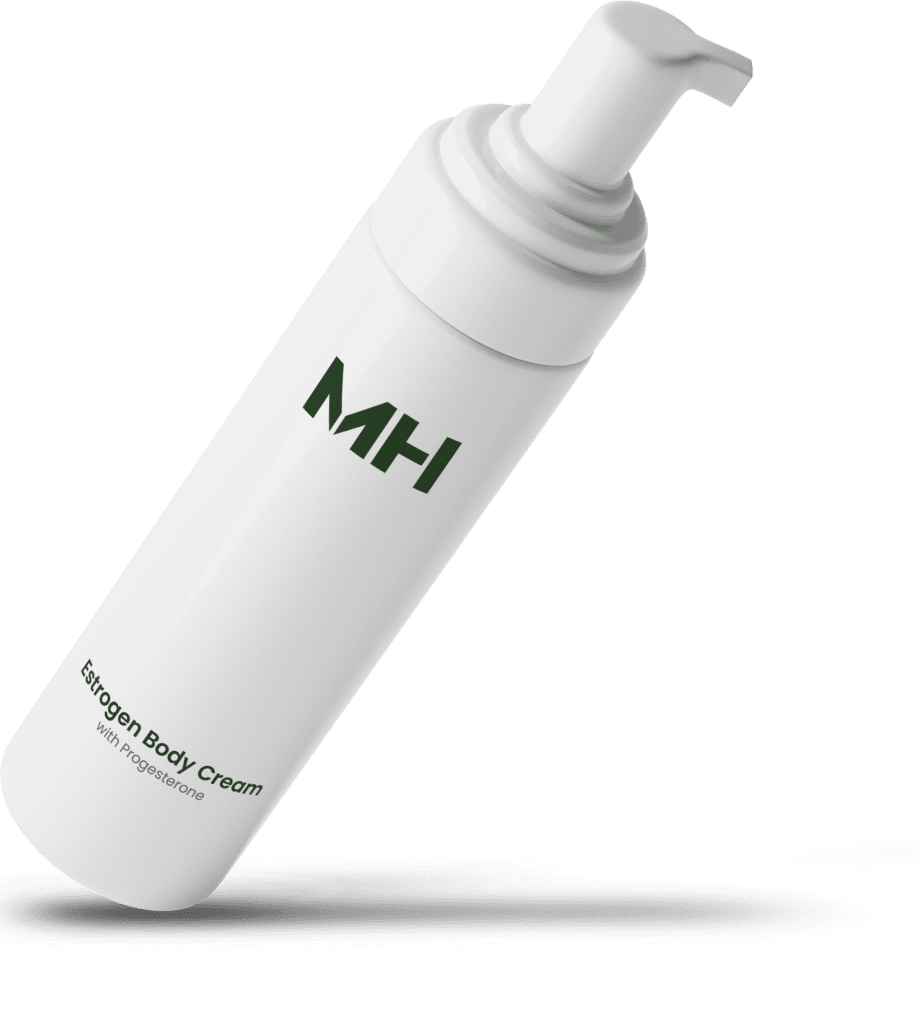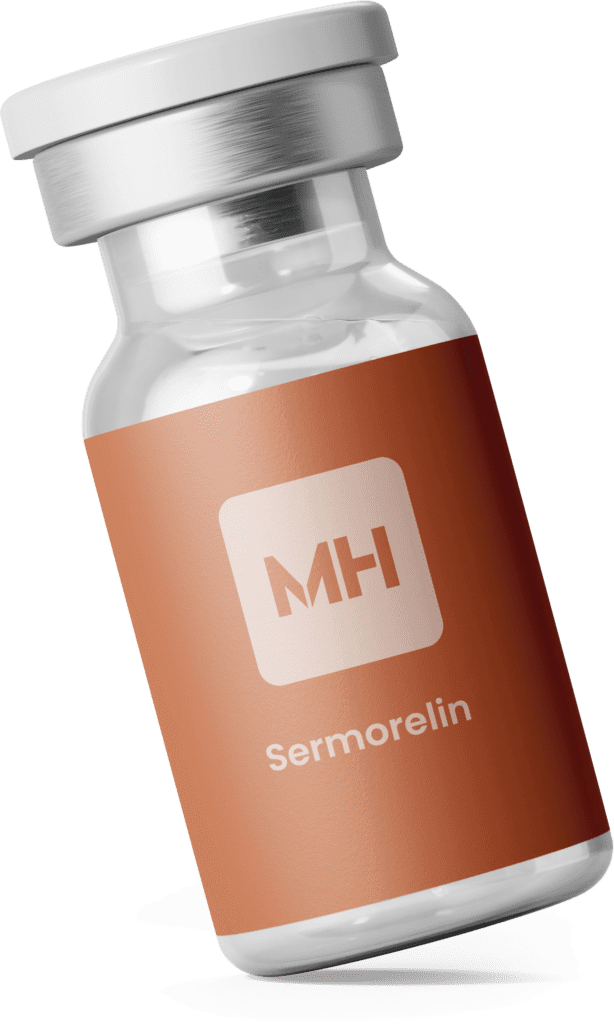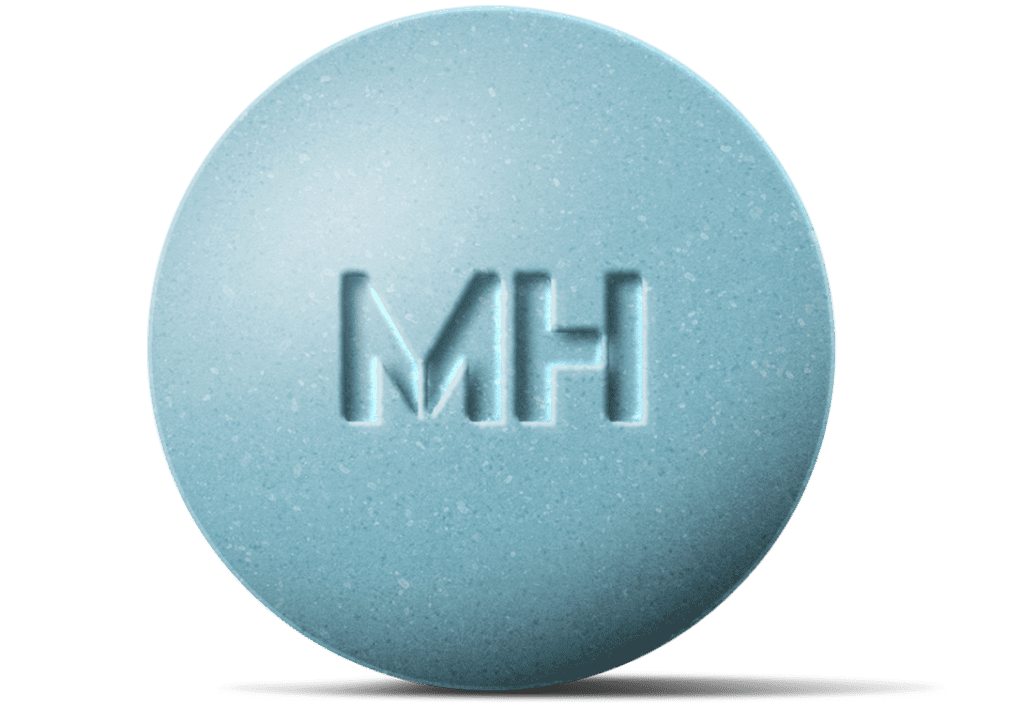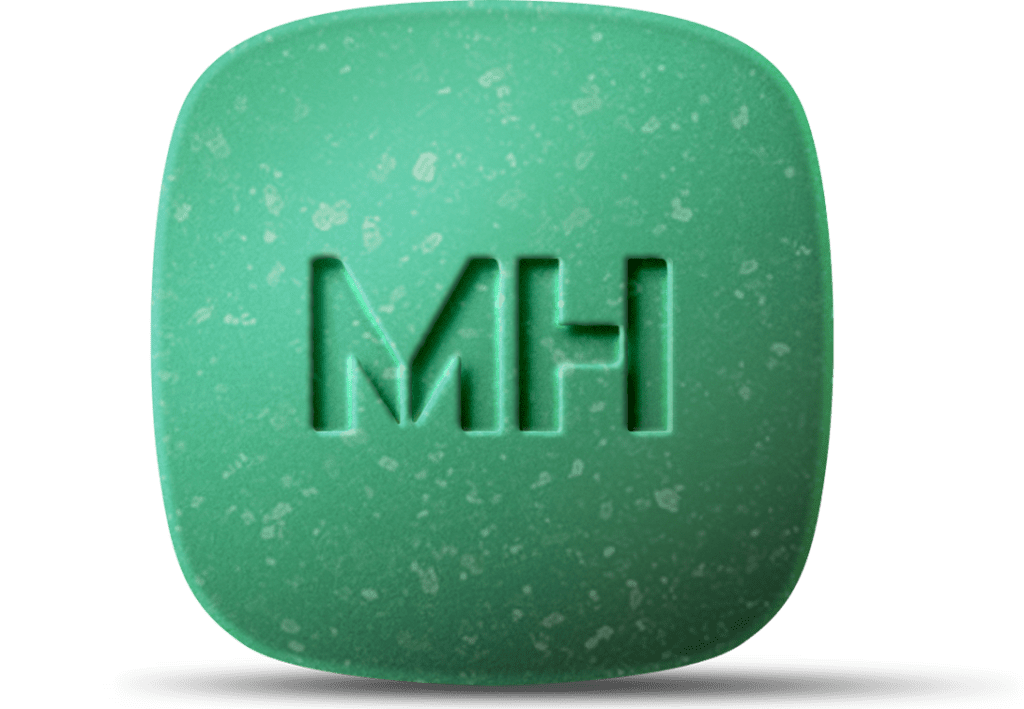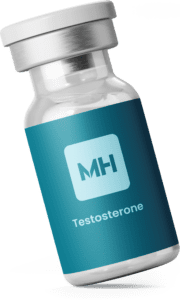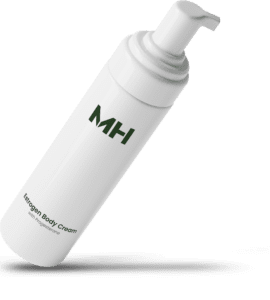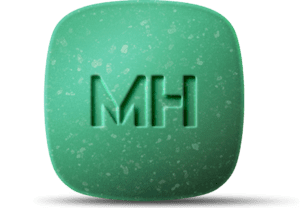In the ever-evolving landscape of obesity treatment, a groundbreaking class of drugs has emerged – the GLP-1 receptor agonists. These innovative medications, such as semaglutide, are revolutionizing the way we approach weight loss and diabetes management.
Understanding the Remarkable Power of GLP-1
Glucagon-like peptide-1 (GLP-1) is a vital hormone produced in the gut that plays a crucial role in regulating blood sugar and appetite. When released in response to food intake, GLP-1 triggers a cascade of beneficial effects:
- Stimulates the pancreas to release more insulin
- Reduces glucagon production, lowering blood sugar levels
- Decreases appetite by signaling the brain
- Slows down stomach emptying, promoting prolonged feelings of fullness
Synthetic GLP-1 receptor agonists mimic these natural processes, making them incredibly powerful tools in the fight against obesity and type 2 diabetes.
Exceptional Clinical Outcomes
The clinical data on GLP-1 medications is nothing short of remarkable. In a recent large-scale study, an astounding 86.2% of participants achieved clinically significant weight loss. Real-world evidence has also shown that individuals using GLP-1s lost about twice as much weight compared to those not on the medication.
The benefits of these medications appear to compound over time, with some patients even shedding over 25% of their starting body weight. It’s important to note that individual responses can vary, and the effectiveness of these drugs is often enhanced when combined with lifestyle modifications.
Addressing the Muscle Loss Conundrum
While the weight loss results of GLP-1 medications are undoubtedly remarkable, there have been concerns raised about the potential for muscle mass loss. The rapid weight reduction induced by these drugs, primarily through appetite suppression and reduced caloric intake, can lead to the breakdown of lean tissue, including valuable muscle.
Muscle mass is crucial for metabolism and overall health, so this potential side effect has raised understandable concerns, especially for older adults or those at risk of sarcopenia (age-related muscle loss).
Innovative Strategies to Preserve Muscle Mass
To address these muscle loss concerns, researchers and healthcare providers have been exploring innovative strategies to preserve and even enhance lean muscle during GLP-1 treatment. These approaches include:
- Maintaining Adequate Protein Intake: Ensuring sufficient protein consumption is crucial for supporting muscle protein synthesis and preventing catabolism.
- Engaging in Regular Resistance Training: Incorporating strength-building exercises can help stimulate muscle growth and maintain lean tissue.
- Leveraging Amino Acid Supplements: Branched-chain amino acids (BCAAs) and essential amino acids play a vital role in muscle preservation and recovery.
- Incorporating Compounds like Berberine and Urolithin A: These natural compounds have demonstrated promising effects in promoting muscle growth, enhancing mitochondrial function, and supporting overall muscle health.
- Optimizing NAD+ Levels: Maintaining healthy NAD+ levels, through supplementation or IV therapy, can support energy metabolism and muscle recovery.
- Exploring Peptide Therapies: Peptides like sermorelin can stimulate the release of growth hormone, which is crucial for muscle development and maintenance.
- Incorporating Intermittent Hypoxia Therapy (IHT): This novel approach involving controlled exposure to low-oxygen conditions has shown potential in preserving lean muscle mass during weight loss.
By combining these innovative strategies, healthcare providers can help mitigate the risk of muscle loss and ensure that individuals undergoing GLP-1 treatment can achieve their weight loss goals without compromising their overall health and fitness.
A New Era of Personalized, Holistic Weight Management
As the field of obesity management continues to evolve, the integration of GLP-1 medications with comprehensive, personalized approaches represents a significant step forward. By addressing the multifaceted aspects of weight loss, including muscle preservation, healthcare providers can now offer more tailored, effective, and sustainable solutions to their patients.

